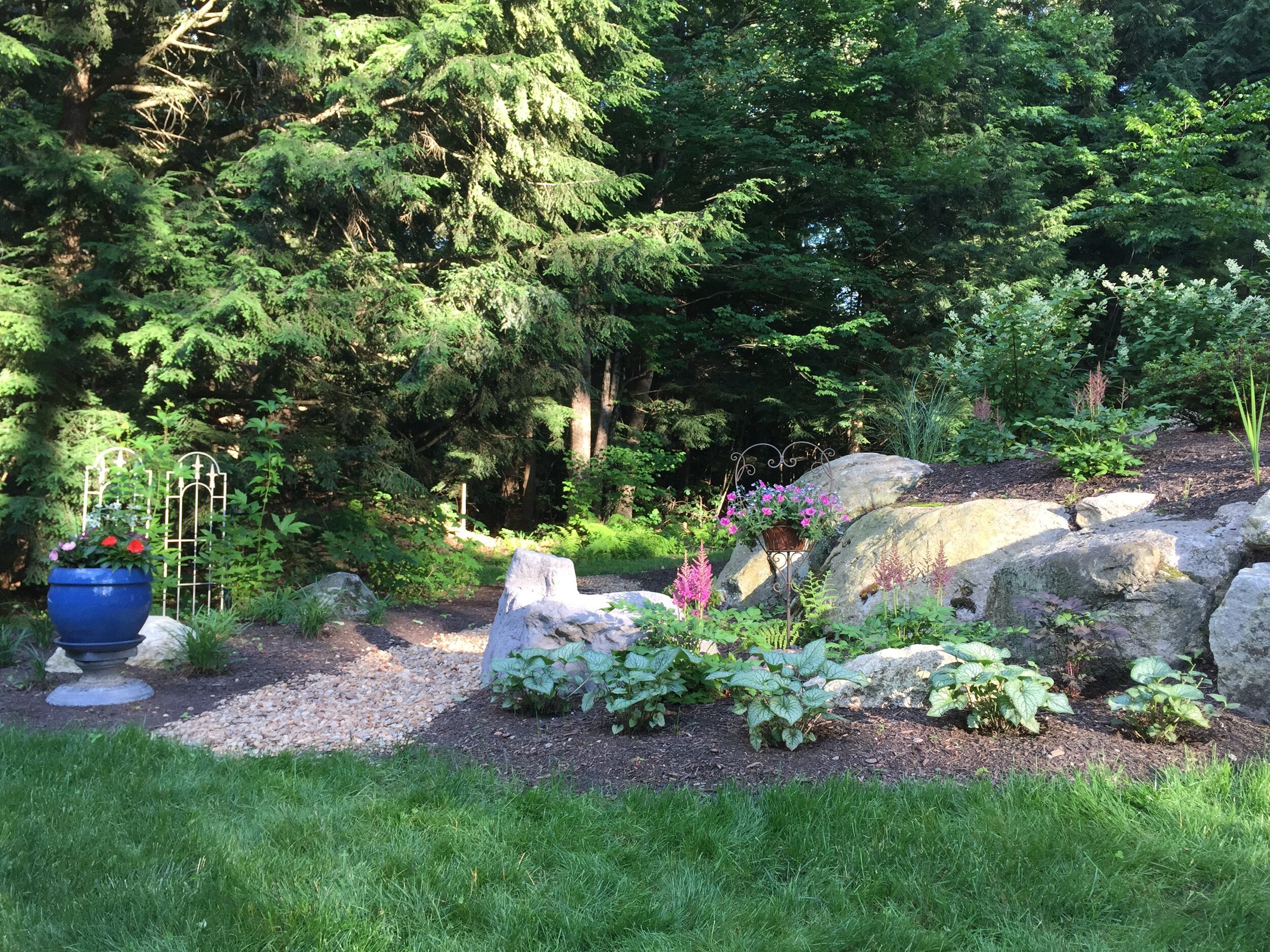Keeping Your Fall Perennials Healthy with Proper Landscaping in Amherst, NH
By having your perennials planted in just the right places, you can ensure they will stay strong and thrive. This will ensure your landscape remains lush and vibrant season after season. Here are some other important considerations to keeping your fall perennials healthy with proper landscaping in Amherst, NH.
Planting in Fall
Believe it or not, the fall is one of the best times to plant many varieties of perennials. If you have freshly planted fall perennials, be sure to have them watered consistently, allowing the water to reach deep to the roots. Make sure the soil is loose and moist and does not dry out. Keep this routine going until the first freeze. This is one of the most important steps to preparing perennials in fall for winter.
Mulching
You can have a thick layer of mulch placed around your perennials; this is especially true for new plantings. This will assist in keeping the soil moist and block grass, weeds, and other plants from disturbing its roots. What’s more, a solid layer of mulch prepares the perennials for the fall frost and winter freezes that can damage root systems. If you would prefer to avoid spreading mulch, peat moss is another option that works great for this situation.
Related: Popular Plants to Incorporate Into Hollis, NH, Landscaping Projects
Separating Out Perennials
Fall is a great time to conquer and divide those perennial clusters. It is a good idea every few years to split up the perennials to prevent them from overcrowding themselves and dying off. This can be accomplished by digging up a big enough perimeter that you are encompassing the entire root system. First, cut back the perennial and leave just enough plant above the soil surface to hold the plant together and give you something to hold onto. After the plant has been removed, it will be time to cut the plant up and re-plant only as much as you desire.
Protecting Your Plants
If your perennials are in pots, fall is a good time to determine if placing them into the ground before the winter season is among the best course of action. Some perennials can withstand the hard freezes and will even keep some foliage on them, which can be aesthetically pleasing during the winter season. However, many perennials should be replanted into the ground to prevent them from freezing. In most circumstances, the pots are not large enough to hold enough soil to protect the roots of potted perennials. In this instance it may be the optimal choice to go ahead and plant them to keep them healthy. If replanting them is not an option, then consider moving them to a location where you can control the temperature and prevent the deep freezes from reaching the roots.
Related: 4 Clever Landscaping Ideas for a Low-Maintenance Yard in Concord, NH
Keeping Landscaping in Tip-top Shape
Fall may be time for a pruning and careful evaluation of the state of your landscaping. This may involve removing all dead foliage and blooms by trimming them back. This will help prevent them from seeding and spreading during the late fall and winter seasons. Dead leaves and blooms are also unsightly and take away from the beauty of your landscape design. Also, do not forget about removing the dead debris that has fallen to the ground. Allowing dead foliage to remain will only support insect intrusion and disease. A pile up of dead foliage can also prevent the roots from getting the nourishment they need to survive.

